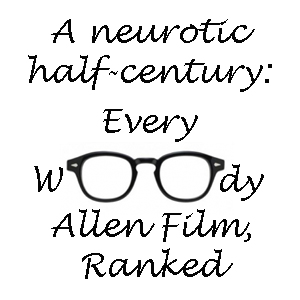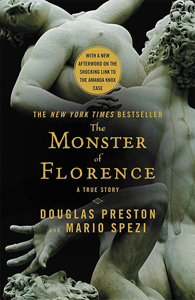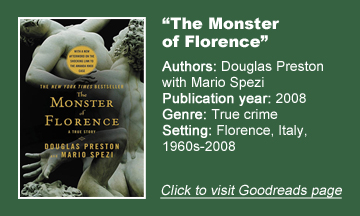We think of Douglas Preston as a best-selling thriller novelist, but his roots are in journalism, and he is still a practicing journalist. His earliest 1980s-’90s books are nonfiction explorations of the American Museum of Natural History, the desert Southwest and paleontology.
More recently he chronicled his team’s discovery of an ancient Central American city in 2017’s “The Lost City of the Monkey God.” In between came “The Monster of Florence” (2008), in which he and co-writer Mario Spezi – Italian newspapers’ leading expert on the titular killer – get far more involved in the story than they would’ve liked.
Change of plans
“Monster” might be a turnoff to some readers of Preston’s and Lincoln Child’s darker thrillers who are looking for him to unleash those skills in the true-crime format. Preston and Spezi set out to write that book, but it ends up being a chronicle of one (unfortunately not isolated) case of the Italian government’s mistreatment of journalists: Spezi and Preston themselves.
As the authors investigate the (“officially” discredited) Sardinian Trail for their true crime book about the 1960s-’80s Florence-area killings, the police and prosecutors are investigating a secret cult theory. Offended over being made to look bad, the government persecutes Preston and Spezi and prosecutes the latter.
Reading the introduction and looking at the mid-book photos that promise us Spezi will himself be accused of being the Monster of Florence, I smiled, thinking Preston is probably exaggerating.
But there’s nothing funny about Spezi’s treatment. On the other hand, I feel good knowing that Italian and worldwide journalists eventually rallied around Spezi and against power abuses.
An Italian ‘Zodiac’
Initially, “Monster” reminds me of the USA’s story of the Zodiac Killer, a contemporaneous string of murders wonderfully chronicled in David Fincher’s film “Zodiac.” “Monster” would make a good movie, too, and technically it is still “in development” with George Clooney attached as a producer and actor.
One chilling chapter where Preston and Spezi meet the person they think is the Monster of Florence would be the memorable part of the movie, if not the conclusion.
That person was still alive – but no longer an official suspect — at the time of “Monster’s” publication, so perhaps that’s why the film project stalled and why the authors stick to the facts and don’t, for example, engage in guesswork about why he stopped killing.
I’ve gone through this review without mentioning many of the players’ names, and that’s because the cast is massive and the names blend together afterward. That’s not a problem when reading “Monster,” as Preston helps a reader keep everyone straight. There’s also a handy dramatis personae and timeline at the front.
Drawing from Spezi’s files and conversations with his new Italian friend, Preston chronicles the lovers’ lane murders – in which both the man and woman are shot, and the woman’s genital region is cut out – in sober style; the horror writes itself.
Truth is stranger than fiction
Preston and his family settled in Italy in part so Preston could co-write (with Child) books set there. He did indeed co-write the Diogenes trilogy (2004-06) — wherein we learn D’Agosta’s ancestry dates to Italy and we meet Pendergast’s Italian girlfriend — but Preston acknowledges that he was mostly obsessed with this true story during his time in the country.

Preston eases the reader away from the murders and into the book’s back half, where he and Spezi inadvertently become main players. It’s neat to see Preston soak up his adopted country, taking in artistic and architectural beauty that dates to back to the Renaissance, side by side with the horrific aspects.
Normally, as an author, you don’t want to become part of the story, but it’s unavoidable here – and important for shining a light on government activities. And still gripping, even if it’s about lives being merely ruined rather than ended.
Lacking a tidy solving of the case, Preston has to close by pontificating about how it’s the very nature of evil that it’s rarely caught and only fleetingly grasped. However, the book paints a thorough picture of how the worst evils have the longest tentacles.
“The Monster of Florence” chronicles the worst humanity has to offer, not merely one psychotic killer.


